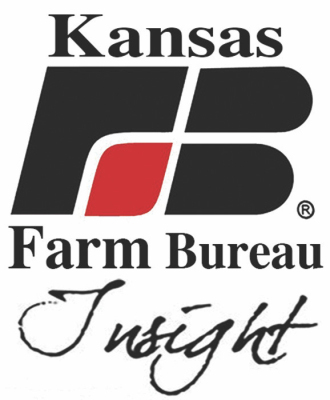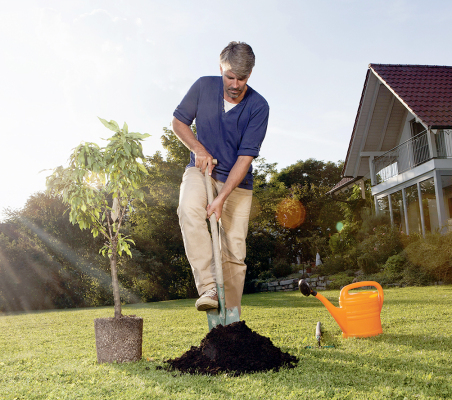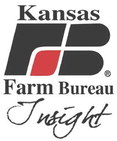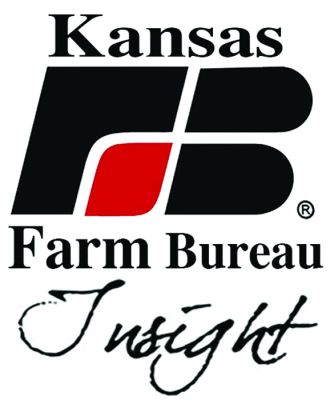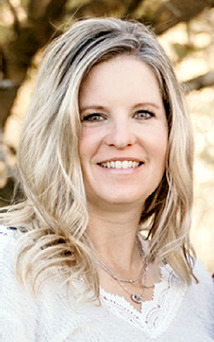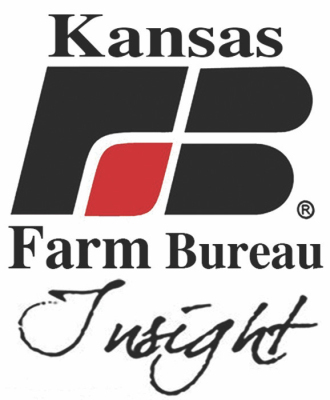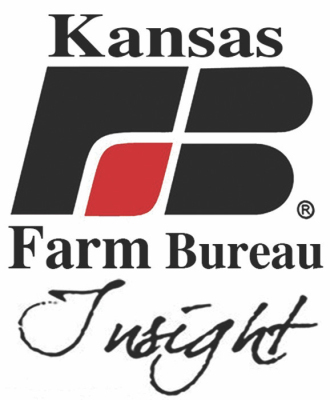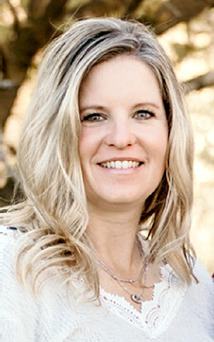Neighbors helping neighbors
Body
Neighbors helping neighbors Kim Baldwin McPherson County farmer and rancher Fall harvest is in full swing on our central Kansas farm. Our dryland and irrigated field corn has all been picked and all that’s left in those fields are corn stalks and a lot of dry organic material that was kicked out the back end of a combine.



